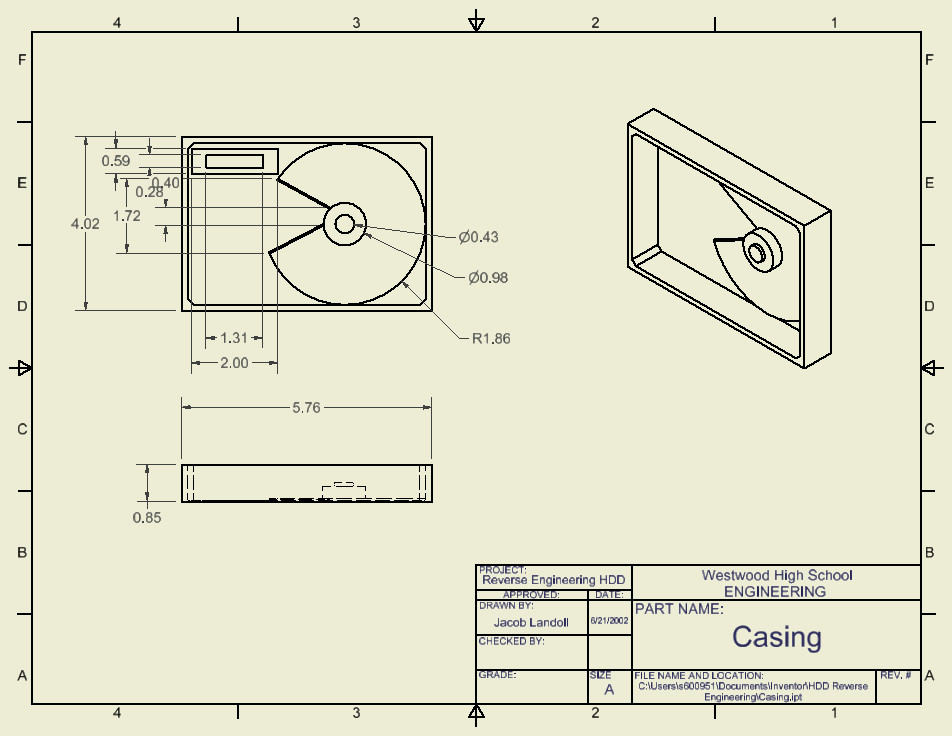
For backward compatibility, the default is used if the units argument is omitted. When listing partition tables, show sizes in ' sectors' or in ' cylinders'. If no devices are given, those mentioned in /proc/partitions (if that exists) are used.

List the partition tables for the specified devices and then exit. Not the physical number, but the number used for partition tables. Specify the number of sectors per track of the disk. This would be a very strange thing to want to do, but if so desired, this option gets it done. Specify the number of cylinders of the disk. Note that the optional mode argument cannot be separated from the -c option by a space for example, the correct form is ' -c=dos'. For backward compatibility, it is possible to use the option without the mode argument in that case, the default is used. Specify the compatibility mode, ' dos' or ' nondos'.

This option changes both sector sizes to sectorsize. Since util-linux-2.17, fdisk differentiates between logical and physical sector size. Use this only on old kernels or to override the kernel's ideas. Syntax fdisk device fdisk -l fdisk -s partition.

There may be reasons of security, ease of administration and backup, or testing, to use more than the minimum number of partitions. For this reason, people with large disks often create a third partition, a few MB large, often mounted on /boot, to store the kernel image and a few auxiliary files needed at boot time, so as to make sure that this stuff is accessible to the BIOS. On Intel-compatible hardware, the BIOS that boots the system can often only access the first 1024 cylinders of the disk. So, usually one wants a second Linux partition dedicated as swap partition. It can use swap files and/or swap partitions, but the latter are more efficient. Linux needs at least one partition, specifically for its root file system. In the BSD world, one talks about 'disk slices' and a 'disklabel'. This division is recorded in the partition table, found in sector 0 of the disk. Hard disks can be divided into one or more logical disks called partitions. The old deprecated DOS behavior can be enabled with the ' -c=dos -u=cylinders' command-line options. In these cases, use the more advanced GNU parted.įdisk does not use DOS-compatible mode and cylinders as display units by default. It understands DOS-type partition tables and BSD-type or SUN-type disklabels.įdisk does not understand GPTs (GUID partition tables) and it is not designed for large partitions.

Fdisk is a menu-driven program for creation and manipulation of partition tables.


 0 kommentar(er)
0 kommentar(er)
